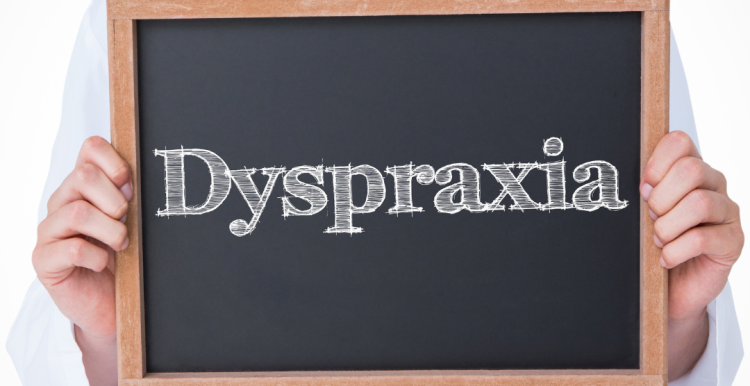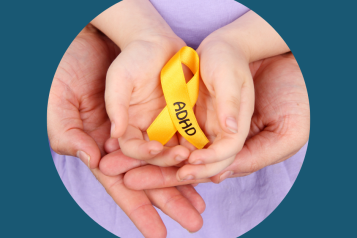What is Dyspraxia?

It’s a developmental issue in children that can mean they struggle with the daily activities that are expected for their age.
It is thought to be around 3 or 4 times more common in boys than girls, and can sometimes runs in families. It can also cause continued problems into adulthood.
Symptoms of Dyspraxia (DCD)
Early developmental milestones of crawling, walking, self – feeding and dressing may be delayed in young children with DCD. Drawing, writing and performance in sports are also usually behind what is expected for their age.
Although signs of the condition are present from an early age, children vary widely in their rate of development. This means a definite diagnosis of DCD does not usually happen until a child with the condition is 5 years old or more.
What causes Dyspraxia?
A number of risk factors can increase a child’s likelihood of developing DCD includeing:
- Being born prematurely, before the 37th week of pregnancy
- Being born with a low birth weight
- Having a family history of DCD
- The mother drinking alcohol or taking illegal drugs while pregnant
How can you treat Dyspraxia?
Unfortunately there is no cure for DCD, but a number of therapies can help children manage their problems.
These include:
- Being taught ways of doing activities that they find difficult, such as breaking down difficult movements into smaller parts and practicing them regularly.
- Adapting tasks to make them easier, such as using special grips on pens and pencils so they are easier to hold.
Related conditions:
Children with DCD may also have other conditions, such as:
- Attention deficit hyperactivity disorder (ADHD)
- Dyslexia
- Autism
We’re here to listen to all your stories and your experiences of care. Your situation may help improve the experience of someone else.


